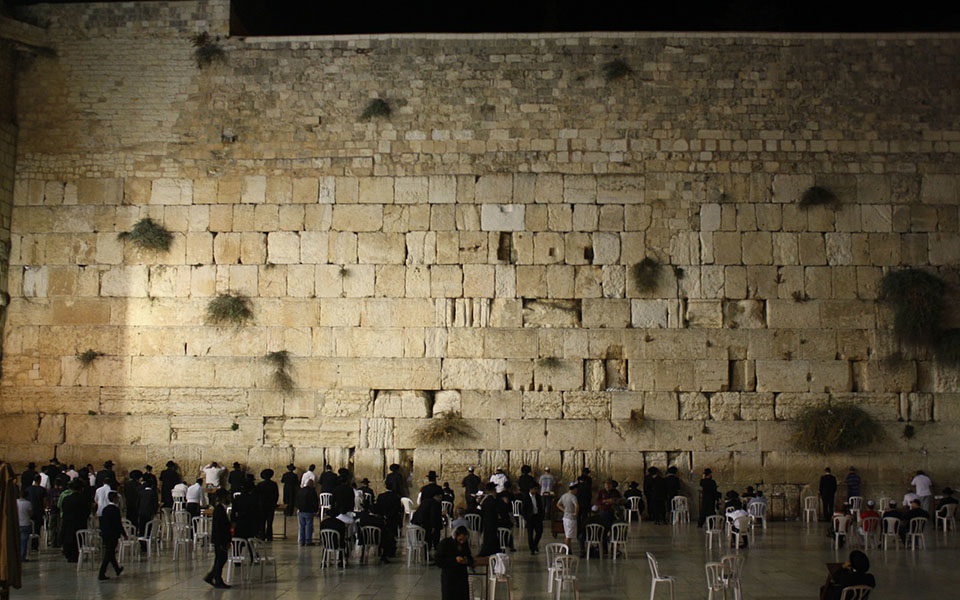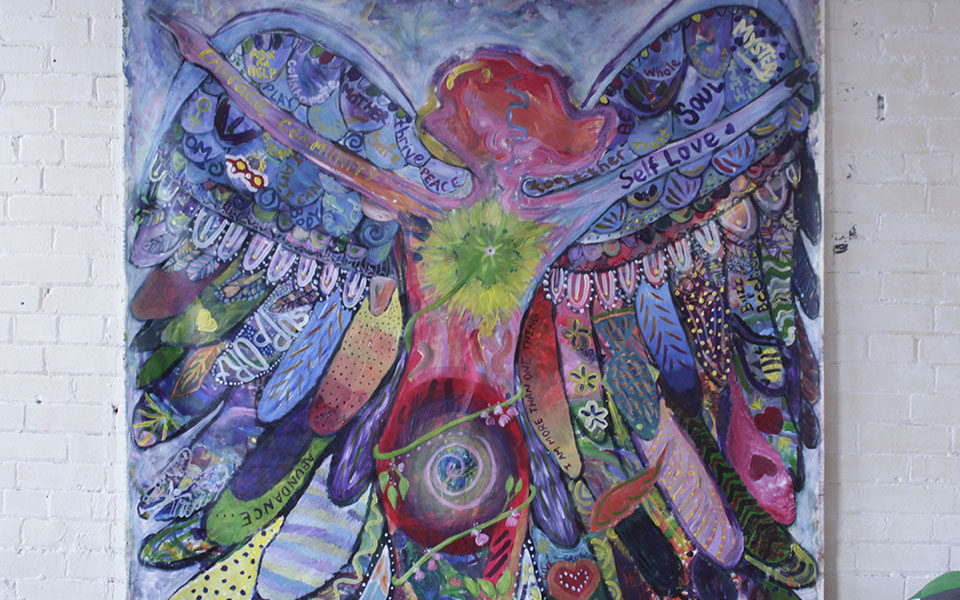By Maria Iqbal
Pine trees flank a large brown building in the west end of Thornhill. Patterned brick leads to the front entrance, which stands below three arched windows. Black block letters above the middle window read, Beth Avraham Yoseph of Toronto Congregation. A few years ago, Dahlia Horlick would never have thought she’d prefer this synagogue—also known as BAYT, meaning “house”—to the one she was raised in just south in North York. BAYT is a Modern Orthodox synagogue which separates men and women during the prayer service.
A student at Guelph University, Horlick was raised in the Reconstructionist tradition of Judaism, in an environment where separating men and women was considered anti-feminist. That changed when she went on a trip to Israel in high school and learned more about Orthodox practice. For a month that summer, Horlick toured sites across the holy land. She joined in prayers, visited different synagogues and went to the Western Wall for the first time.
The Western Wall is the last remaining piece of the Temple of Jerusalem, an ancient site of Jewish worship, after it was destroyed by the Romans 2,000 years ago. Today, it’s widely considered one of the holiest sites in Judaism.
When Horlick entered through the security gates in the Old City of Jerusalem, she saw people praying close to the wall. Parents were weeping with their sick children and praying for their health. Even tourists were deep in contemplation, their camera phones tucked away. As Horlick approached closer, the men and women in her group separated and entered through different gateways. “I expected that because it’s a really holy site,” Horlick says. “I felt like it made sense.”
But for many Jews, the wall is also a site of intense struggle over gender equality. The site is set up like an Orthodox synagogue with different spaces for men and women. Because the site is sacred to all Jews, there have been movements by more liberal streams to create a co-ed space for worship there.
In Orthodox synagogues across the world, men and women are separated in one of two ways: women either sit upstairs in an ezrat nashim or a mechitza divides the men and women. Members of the Orthodox community say the point is to allow people to pray without distraction.
The mechitza was introduced into Judaism during what’s known as the Second Temple era, between 530 BCE and 70 CE. As a result, it’s not mentioned in the Torah, the main Jewish scripture, but instead in the Talmud, the Jewish law. “The rabbis noted at some point in that generation that allowing men and women to enter the temple of Jerusalem without segregation was leading to undesired frivolity. So, they decided that they would create a separation,” says Daniel Korobkin, rabbi at BAYT.
Women sitting in a balcony can see the men below, but even when they’re side-by-side, the mechitza is mostly to stop men from looking at women and not vice versa. “Men get distracted more than women do when praying,” Korobkin says. “Really, it’s more for the benefit of the men than it is for the women.”

 The Western Wall in Jerusalem is a holy site for Jewish pilgrims across the world.
The Western Wall in Jerusalem is a holy site for Jewish pilgrims across the world.
